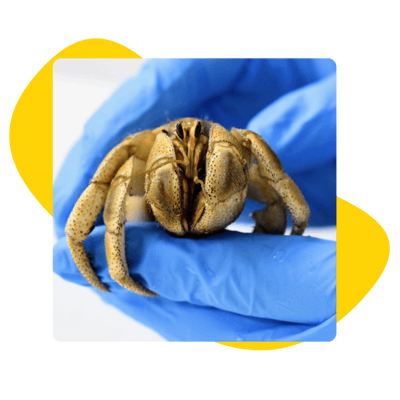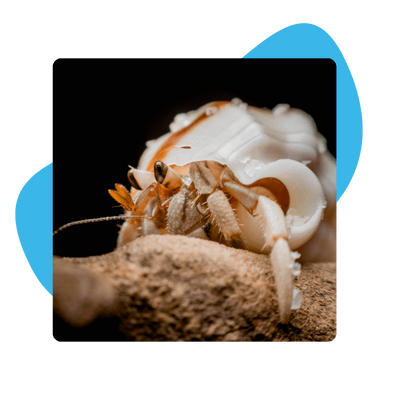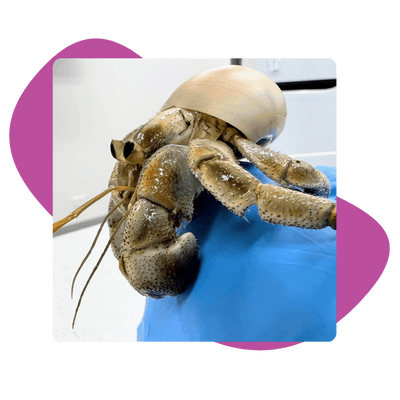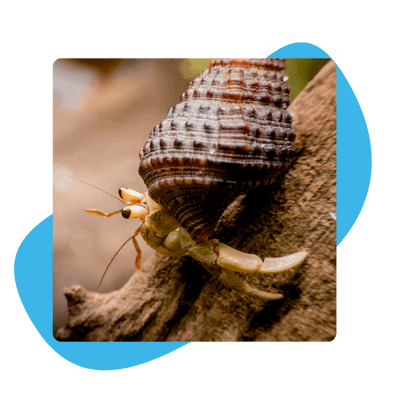Australian Land Hermit Crabs are fascinating animals and make suitable pets for those willing to meet their specific care needs. They are social creatures that thrive in groups, making them interesting to observe. However, due to their delicate nature and specific environmental requirements, they may not be ideal pets for everyone.
Sadly, most hermit crabs that find themselves in the pet trade do not thrive or even survive as they would in the wild. Additionally, many of the products and enclosures marketed for hermit crabs and sold at pet shops are not appropriate for these animals.
This is a very basic introduction to Australian land hermit crab care to help you decide whether a hermit crab is the right pet for you. The information provided here is not exhaustive and the additional references (see below) should be consulted before purchasing hermit crabs.




